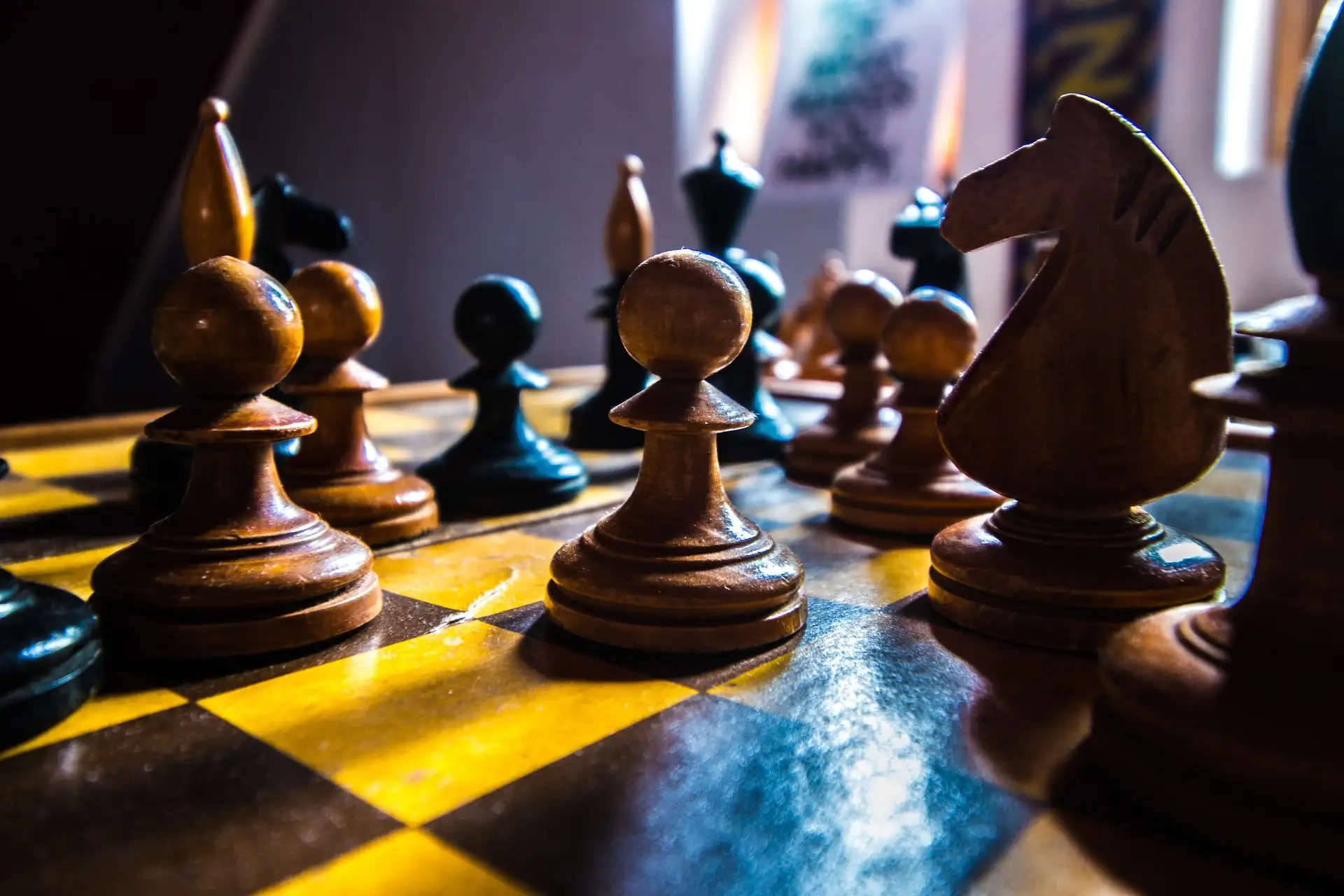Surprising Facts About Chess Iterations And Atoms

In the vast expanse of the observable universe, where countless galaxies and stars illuminate the celestial canvas, exists a mind-bending truth: the complexity of a game of chess surpasses the number of atoms in the very fabric of space-time!
A seemingly simple 8x8 board, 32 pieces, and a handful of rules birth an intricate tapestry of possibilities that transcends the conceivable limits of our universe.
The Chessboard's Infinite Possibilities
The chessboard is a battleground for kings and queens, knights and pawns, which may appear finite.
However, the number of possible board configurations is ridiculously high. With 64 squares, each having the potential to house 12 different pieces, an astronomical number of ways the pieces can be arranged at the start of a game emerges.
The true magic of chess lies in the exponential growth of possibilities with each move. With an average of 20 legal moves available for each player at any given turn, the game branches out like a fractal, expanding into an incomprehensible web of variations.
After just three moves per side, there are already over 121 million possible board positions. This explosive growth continues, exponentially dwarfing even the grandeur of the cosmos.
Atoms vs. Chess: A Comparative Analysis
To appreciate the sheer scale of chess, let's turn our gaze to the elemental building blocks of the universe—atoms. The observable universe is estimated to contain around 10^80 atoms. Now, imagine each atom representing a unique chessboard configuration.
The number of possible chess positions exceeds this astronomical figure by a landslide.
Attempting to calculate all possible iterations of a chess game is an exercise in computational insanity. Even with the most advanced supercomputers, the task becomes insurmountable due to the colossal number of possibilities.
Deep Blue vs. Human Intuition
In 1997, IBM's Deep Blue faced off against the reigning world champion at the time, Garry Kasparov, in a historic chess match. Deep Blue won and marked a turning point in the interaction between man and machine.
However, the machine's triumph wasn't solely a result of computational power; it was also a testament to the unparalleled depth of chess strategy that even the best human minds struggle to fathom.
Chess, with its infinite possibilities, challenges our cognitive boundaries and stands as a testament to the boundless complexity that can arise from seemingly simple rules.
While contemplating the extent of the observable universe, it's crucial not to overlook the fact that within the unassuming 64 squares of a chessboard, a realm of possibilities unfurls—a world that surpasses the count of atoms constituting the very essence of existence.
So, the next time you engage in a game of chess, bear in mind that you're not merely orchestrating moves on a board; you're traversing a cosmic terrain teeming with boundless potential.
.jpg)
